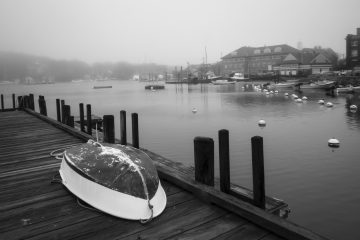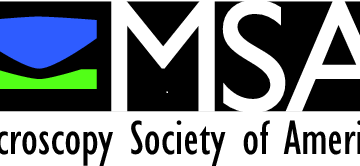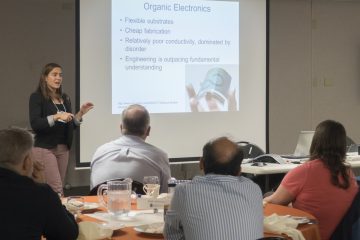The NESM 2015 Fall Symposium and Business Meeting was held at The Whitehead Institute in Cambridge, MA on Dec 3rd. The meeting consisted of four seminar-style talks and four short lightning talks.
The first riveting talk of the evening was given by Vinothan Manoharan, Professor of Chemical Engineering and Physics at the Harvard University School of Engineering and Applied Sciences. Vinothan’s lab utilizes various techniques to study soft matter (e.g. viruses) physics. After an astonishing reminder of the number of viruses living amongst us, as well as their effects on our environment, Vinothan gave a general background on virus structure and what is currently known about virus self-assembly. Since viruses are tiny, can assemble in less than a second, and do not scatter light very well, elucidating their assembly has been difficult via conventional light microscopy techniques. Vinothan discussed the use of fiber optics and digital holographic microscopy to visualize virus assembly. Using these techniques, his lab has come closer to directly visualizing and quantifying the kinetics of virus assembly on a microsecond time scale.
Gary Yellen, Professor of Neurobiology at Harvard Medical School, eloquently presented the work his lab has done on the development of genetically encoded fluorescent biosensors of cellular metabolism. Gary discussed the successful implementation of three fluorescent biosensors visualized using FLIM in brain slices and cultured neurons: 1. Perceval, an ATP:ADP sensor (GFP), 2. Peredox, a NADH sensor (T-sapphire), and 3. pHRed (Keima-Red), a pH sensor. Each sensor was described in great detail, including the benefits and drawbacks of each. Some of strengths of the sensors included high resistance to changes in pH, increased brightness, and quantitative, spectrally radiometric qualities.
The third talk of the evening was presented by Nikta Fakhri, Assistant Professor of Physics at the Massachusetts Institute of Technology. Her work revolves around the study of the non-equilibrium behavior and physical properties of active materials and systems. In particular, her presentation focused on how the cortex in cells or other systems can be responsible for maintaining integrity as well as participate in radical reorganization. Using in vitro systems like oil/water interphases, her lab studies reconstituted cortical actin networks in single walled carbon nanotubes. Using this method, Nikta’s group is able to measure the polymer dynamics and effects of these cytoskeletal networks with at the single molecule level with or without single or combinations of crosslinking and motor proteins.
The last talk of the evening was given by Tomas Kirchhausen, Professor of Cell Biology at Harvard’s Program in Cellular and Molecular Medicine. His talk revolved around cell dynamics during endocytosis and 3D imaging with the use of lattice light sheet microscopy. Using this method, his lab is able to image cellular dynamics with high resolution and in real time, while avoiding many of the negative side effects of fluorescence imaging such as photobleaching and phototoxicity. This allowed visualization and the ability to track all clathrin coated vesicles in the cell. These advanced methods also allowed, for the first time, real-time imaging of viral entry into a cell as well as the first 3-dimensional live imaging of an entire cell cycle.
In addition to these lecturers, shorter lightning talks were given by Mikael Garabedian, Rylie Walsh, Mahsa Siavashpouri (all PhD Candidates at Brandeis University), Laura Anne Lowery (Assistant Professor of Biology at Boston College), Sanchaita Das (Post-Doc at the University of Massachusetts Medical School), and Ed Luther (Supervisor of Imaging Facility at Northeastern University).
We want to thank our speakers for their outstanding efforts to present their research to a broad audience. We all enjoyed learning about the groundbreaking work, taking place in their laboratories and look forward to learning of their progress in the coming years.



0 Comments